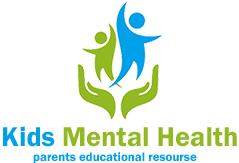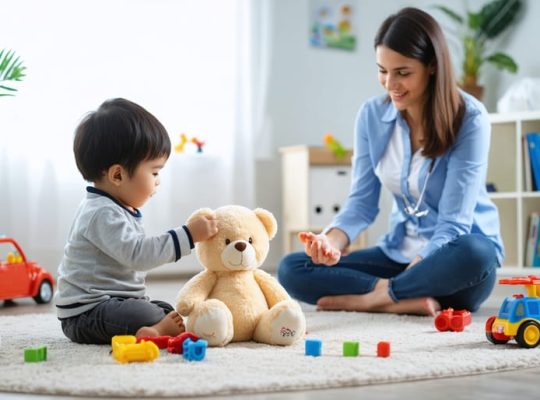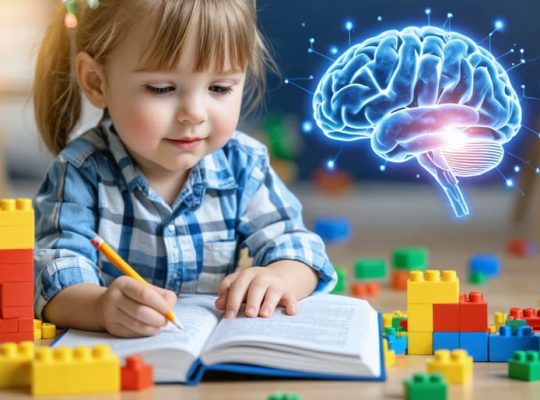8 Bedtime Secrets to Help Your Child Sleep Like a Dream
Establish consistent bedtime and wake time routines, even on weekends, to regulate your child’s natural circadian rhythm. Create a calm, cool, dark sleep environment free of electronics, noise and clutter. Sleep is a powerful ally for your child’s mental and physical well-being, so prioritize relaxing pre-bed activities like reading, drawing or listening to soft music. Ensure your child gets the recommended amount of quality sleep for their age group by setting firm limits on screen time, caffeine intake and late…










